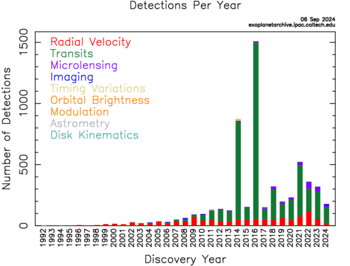Astronomers have discovered an extrasolar planet with the same mass as Earth, but the resemblance ends there. Not only is the planet too warm for liquid water to exist on its surface, but it also has a radius 60% larger than Earth, suggesting a vast, puffy atmosphere of hydrogen and helium.
“You’ve got a very small planet that is probably not rocky at all, and that’s frightening,” says Jacob Bean, an astrophysicist at the University of Chicago in Illinois.
What’s “frightening” is that if we encounter lots of gas planets of that mass close to their sun (the mini-Neptune, KOI-314c, has a 23-day orbit), it cuts into the claims about billions of habitable Earths.
For further study:
It is surprising how a planet only as massive as Earth could have enough gravity to retain such a vast atmosphere, something that disturbs Sara Seager, a theoretical physicist at the Massachusetts Institute of Technology in Cambridge. “I would want more precise measurements before having to accept the interpretation,” she adds.
Meanwhile, all things exoplanet:

Th Catalog of Exoplanets currently shows information on 806 planetary systems, 1065 planets, and 176 multiple planet systems. You can sort the list by how they were detected (timing, microlensing, imaging, etc.). Here’s an exoplanet data explorer.
Follow UD News at Twitter!